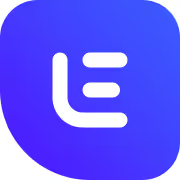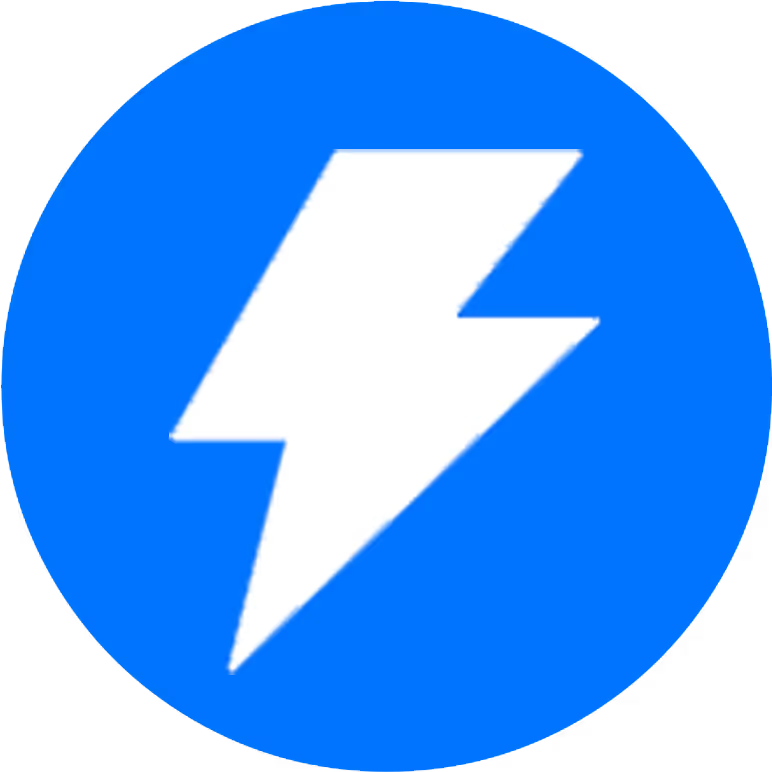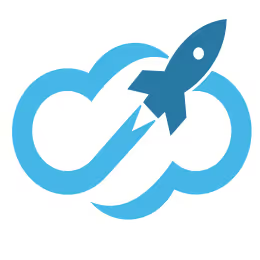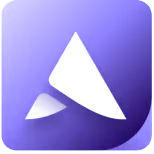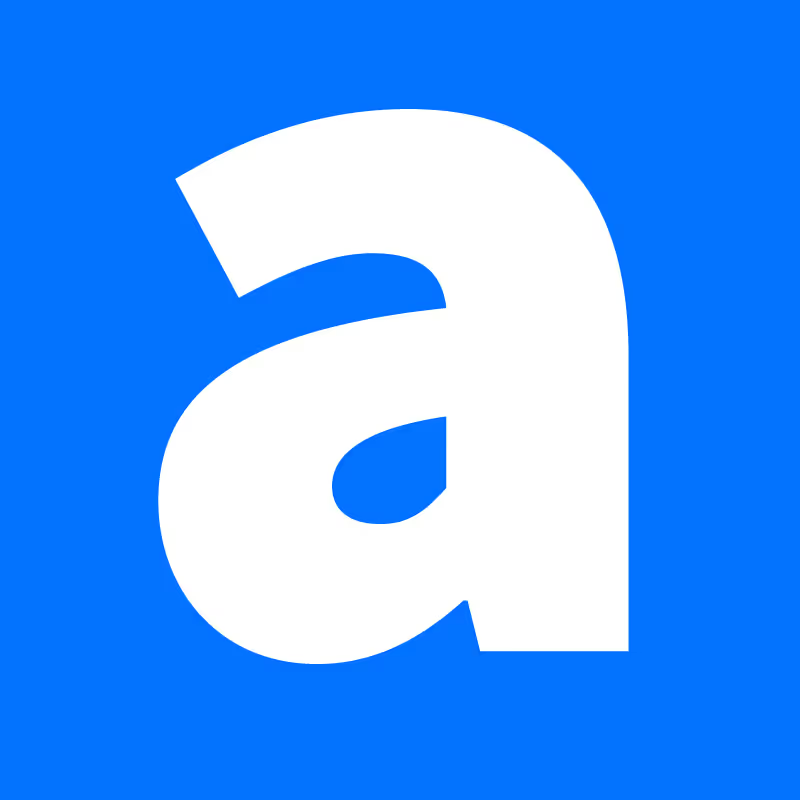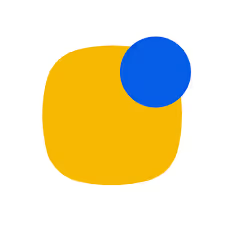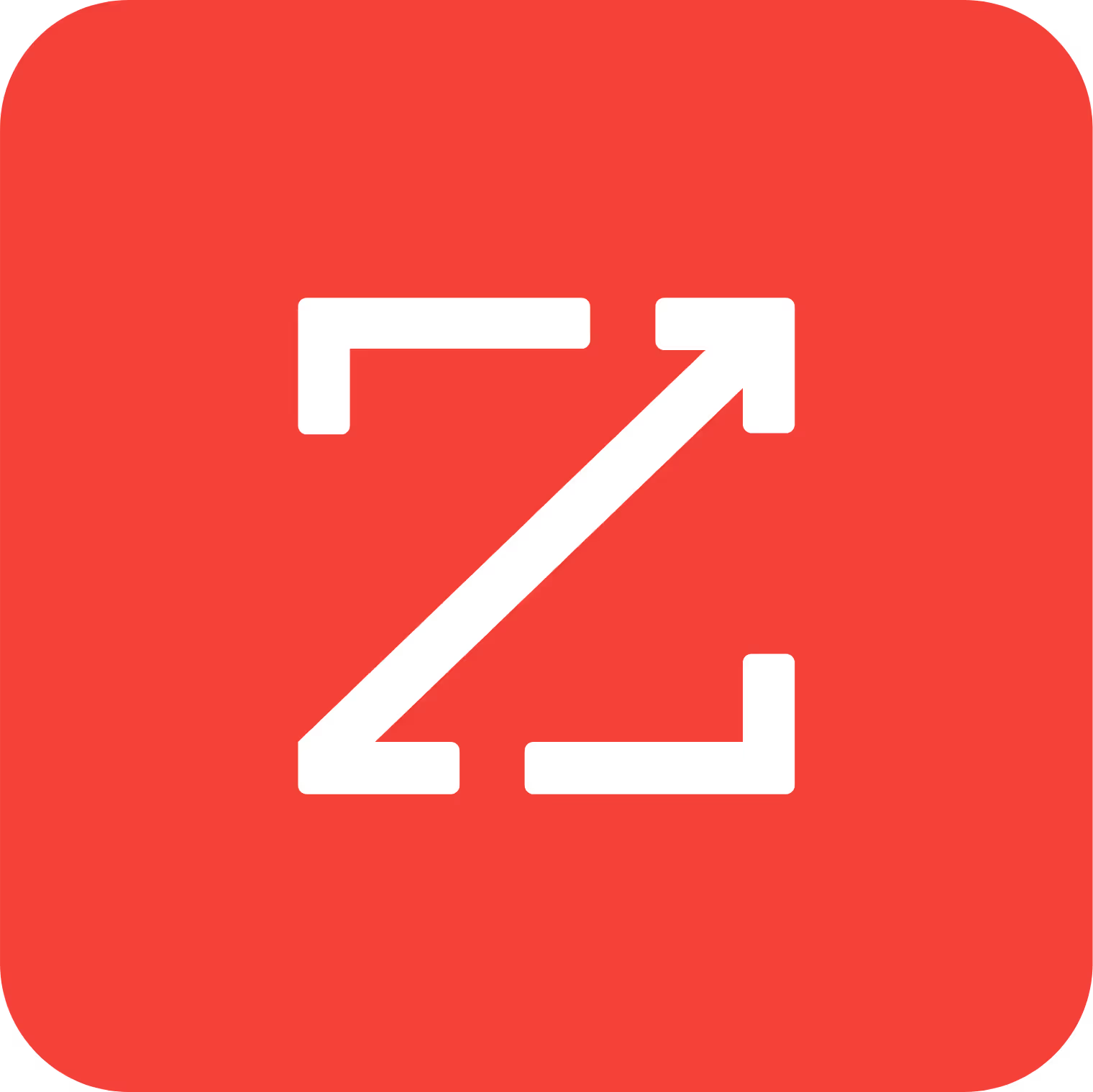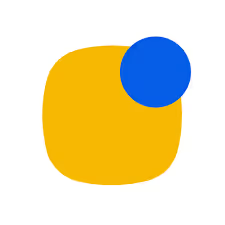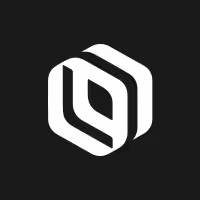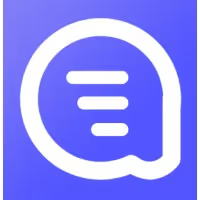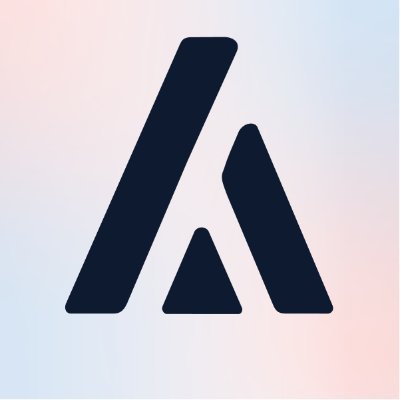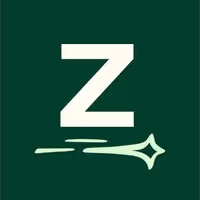AI All-in-One Prospecting tools combine multiple sales functions into a single platform. Instead of switching between separate tools for finding leads, getting contact information, and sending outreach messages, sales teams can handle everything from one dashboard. A typical workflow might look like this: the system identifies companies hiring in your target market, finds the decision maker's email and LinkedIn profile, then generates personalized messages based on their recent activity or company news.
These platforms use automated lead generation software to scan websites, job boards, and social media for buying signals like new hires, funding announcements, or technology changes at target companies. When the system spots a potential lead, it runs the contact through multiple data sources to find verified email addresses and phone numbers. Lead scoring AI then ranks prospects based on factors like company size, recent activity, and how closely they match your ideal customer profile. The platform creates personalized outreach messages by analyzing the prospect's LinkedIn posts, company website, or recent press mentions, then sends these across email, LinkedIn, and sometimes SMS channels.
What sets these apart from basic sales automation software is the integration. Traditional setups require you to export lists from one tool, import to another for email verification, then upload to a third for sending campaigns. These platforms handle the entire sequence automatically and sync everything back to your CRM. The AI components can adjust messaging tone based on industry, personalize subject lines using recent company events, and determine optimal send times for different types of prospects.
Sales teams use these tools to build targeted prospect lists in minutes rather than hours, automate follow up sequences that adapt based on prospect responses, and track which messages get the best response rates across different industries. SDRs spend less time on research and data entry, sales managers get clearer visibility into what's working, and new team members can start generating meetings faster since the platform handles much of the initial prospecting work. These tools are becoming standard for B2B sales teams as the technology gets better at mimicking the research and personalization that top performers do manually.
